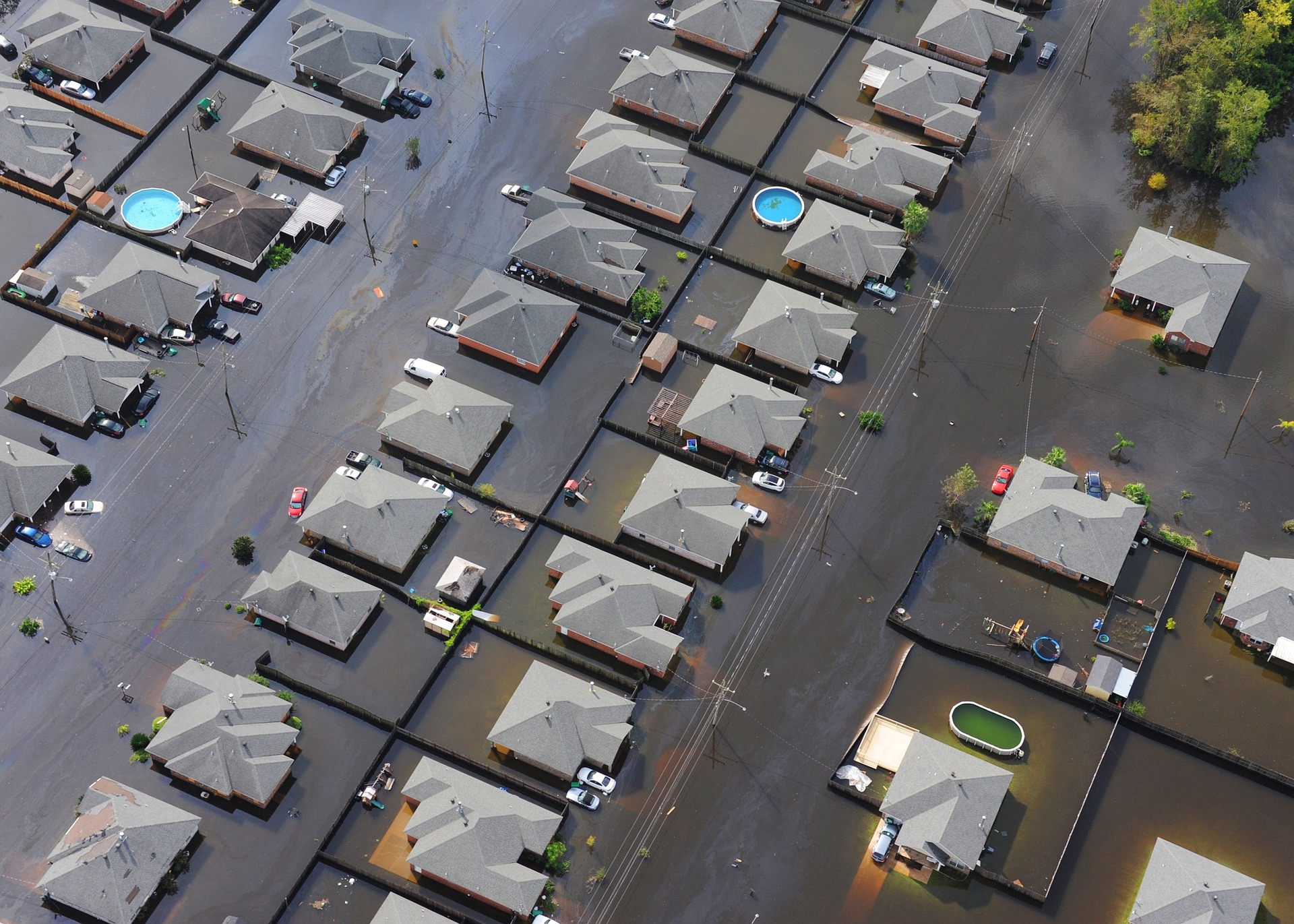When the worst happens, it can be hard to decide what to do first. Whether flooding was caused by water falling or by a system malfunction, it helps to have a plan for flood disaster in place already, so that you can just get to work. We are going to share some first steps you can take in the event that you suffer from a flooding disaster:
Safety. If the event was bad enough that you had to leave your home (an event many in Nashville will remember all too well), make sure you are aware of safety upon your return. Check for visible structural damages, like warping or cracked foundations, holes or compromised water, gas, electric, water, and sewer lines. Make sure all water and electrical sources have been turned off. Even if your power isn’t working, turn off the main at the fuse box as well as all the individual fuse connections. If the power comes back on, you won’t run the risk of electrocution from the mix of standing water and electricity. Wear personal protective equipment, such as waders, gloves, and ventilation masks since the water could be contaminated.
Document damages. Before undertaking any repairs and removing water, document the damage by taking photos or videos of everything. Digital versions are best.
Insurance. Notify your insurer as soon as possible, and if the entire area has been affected, it might be a good idea to contact the headquarters. Your agent might have troubles of his or her own. Advise the representative of the state of your home and let them know what repairs you will need to do first. Follow their direction and be sure to wait for inspections if they advise you to do so, documenting the damage and communication throughout the process.
Disaster area. If your region has been declared a disaster area by the government, you will have access to increased resources, which will include public services to protect and remediate the area. This may include financial assistance.
Water removal. Once water removal has been approved, you may want to consider engaging the help of a professional water damage company. You may be able to do it yourself using a sump pump and buckets, etc., but you may not have the time or the physical strength to handle it alone.
Mold. Mold can develop within 24-48 hours of a flooding event, so remove all wet contents immediately. This should include carpeting and bedding. Photograph any items removed for insurance purposes. Mold growth can be controlled by cleaning with a non-ammonia detergent or a pine oil cleaner and by disinfecting with a 10 percent bleach solution. Mixing these is toxic, so be aware.
In the event that a flood happens to you, Ascension General Contractors is here to help!

